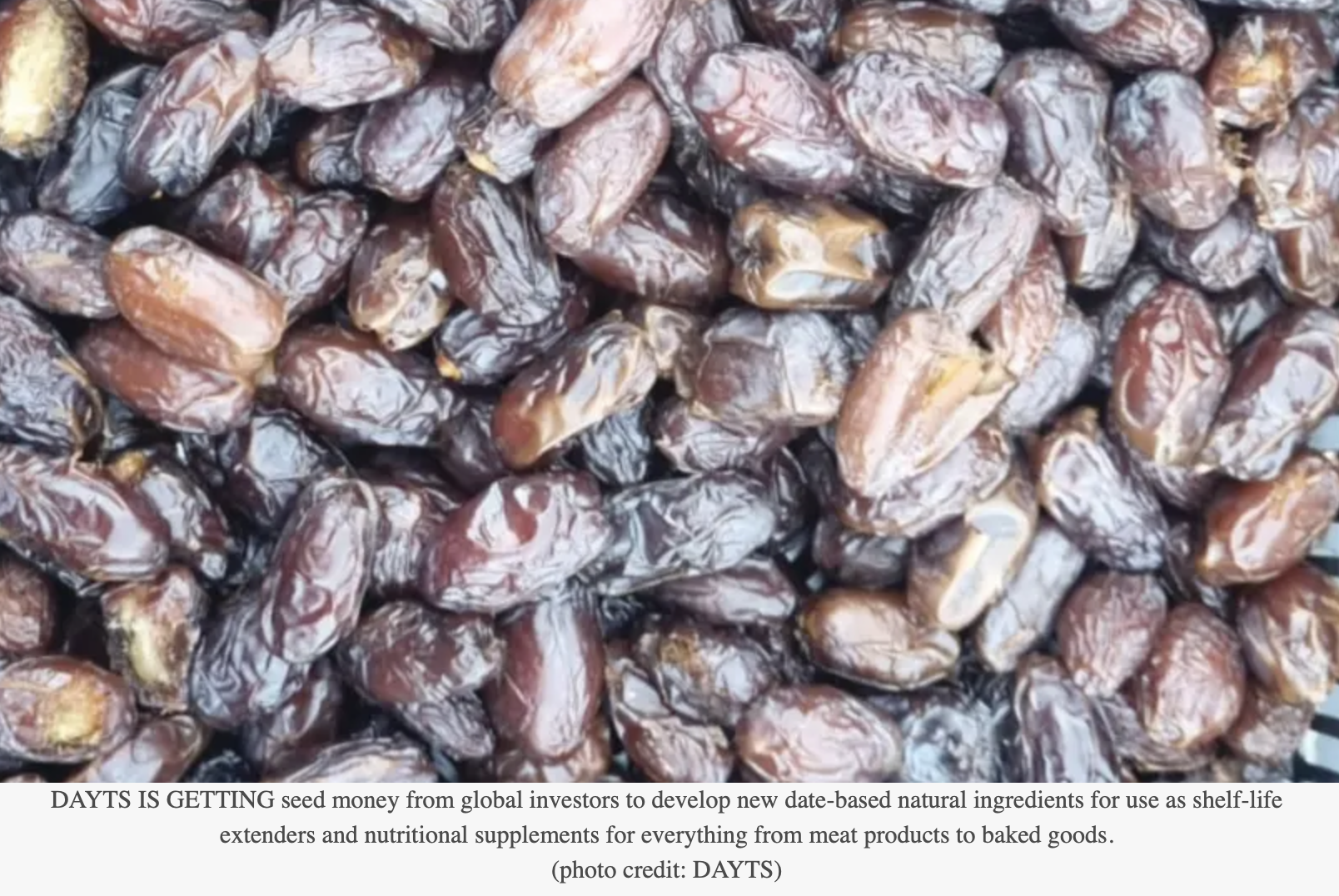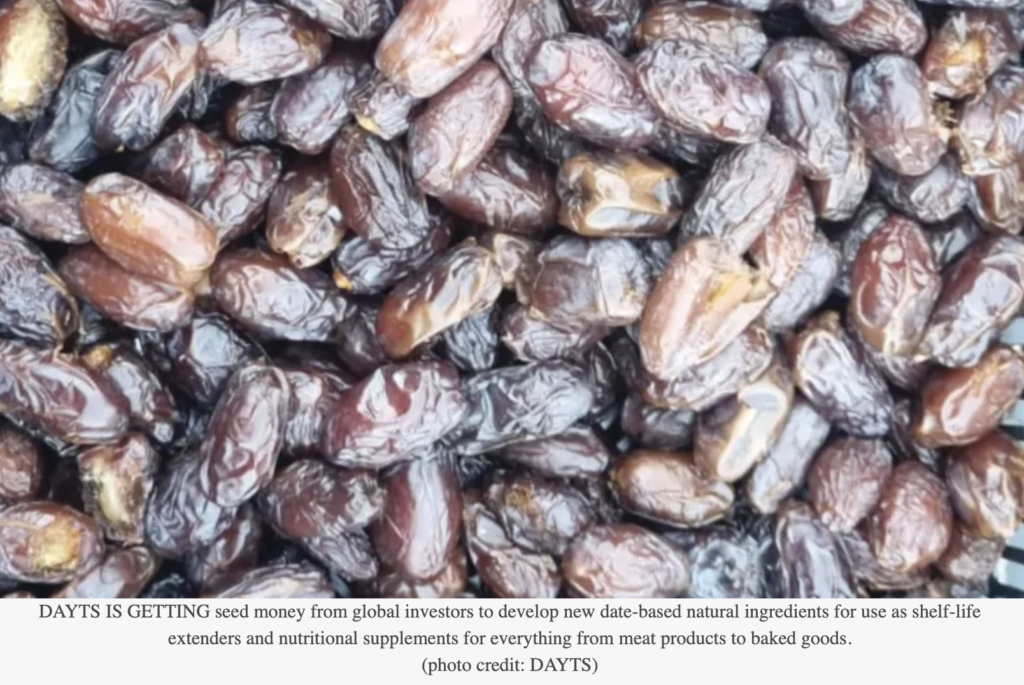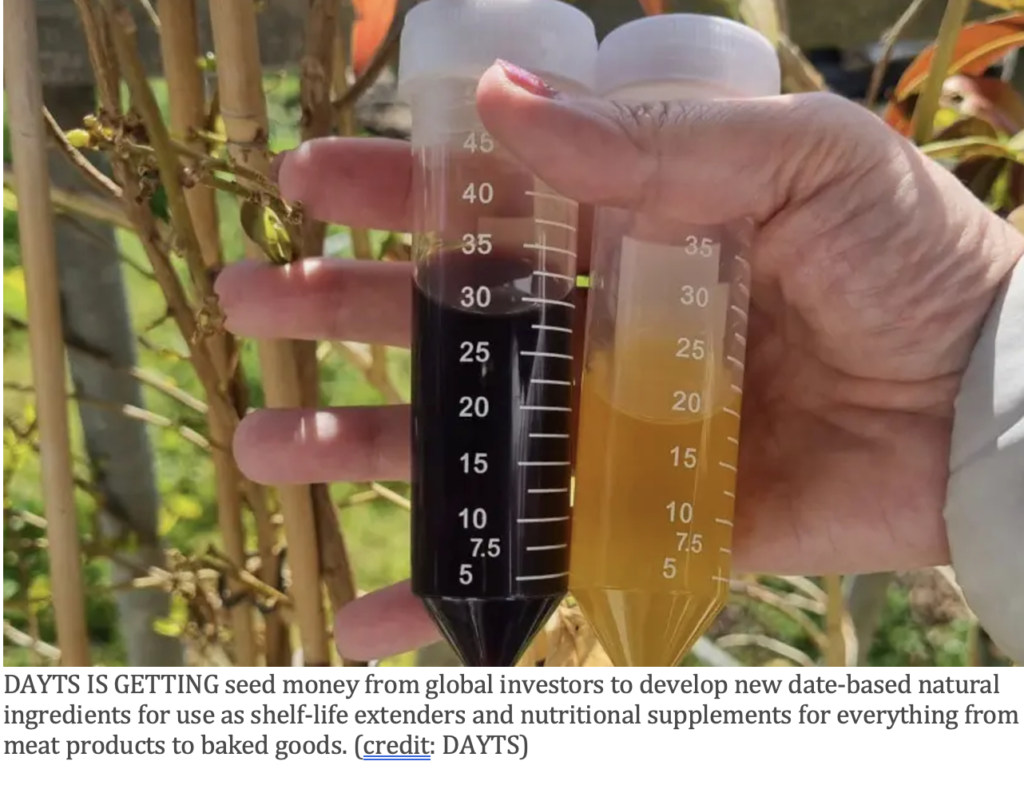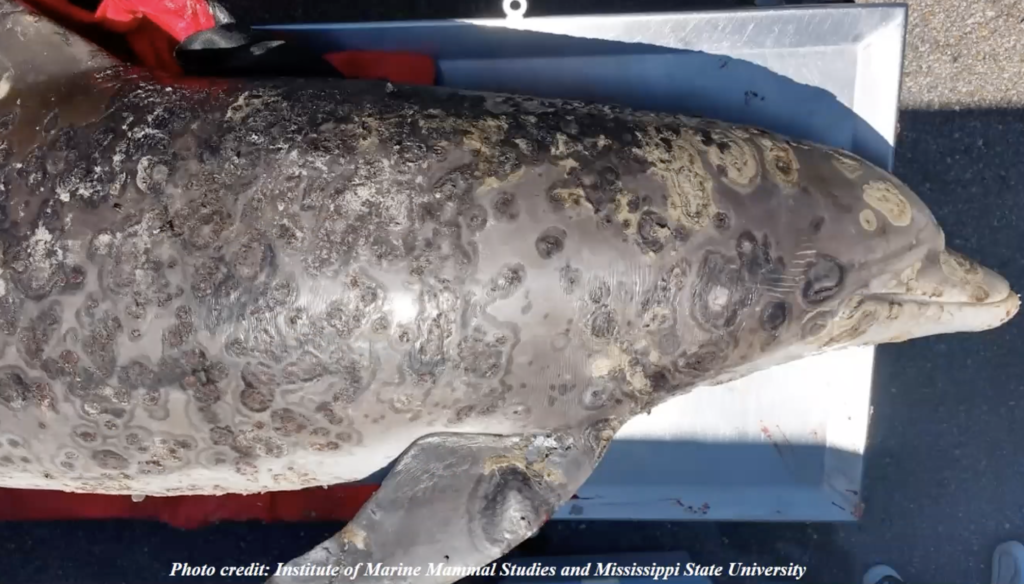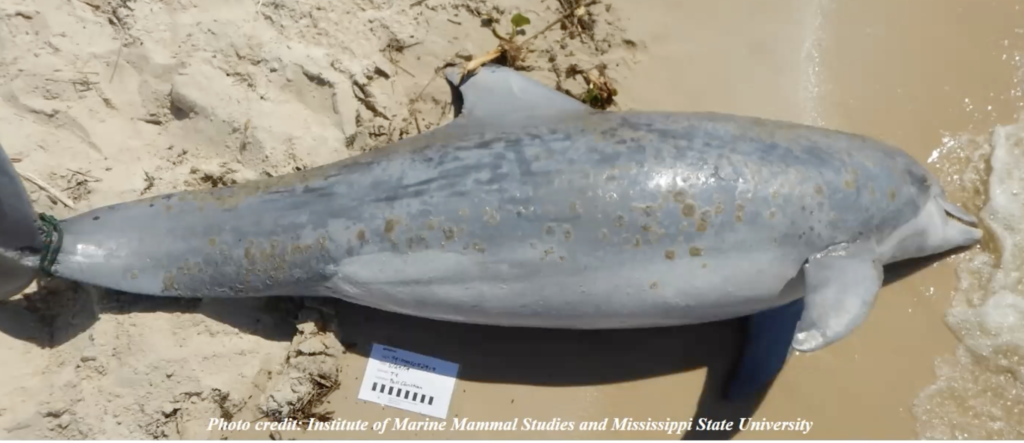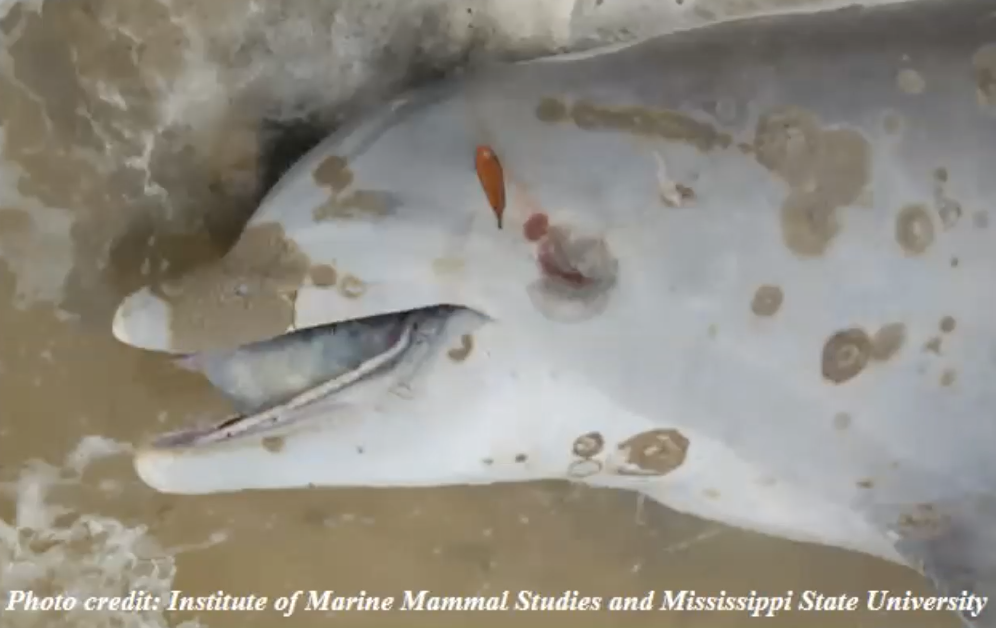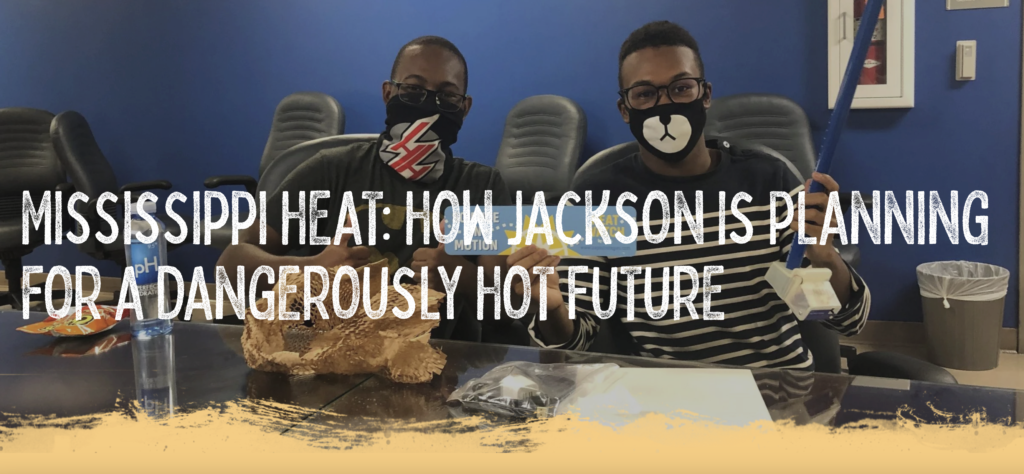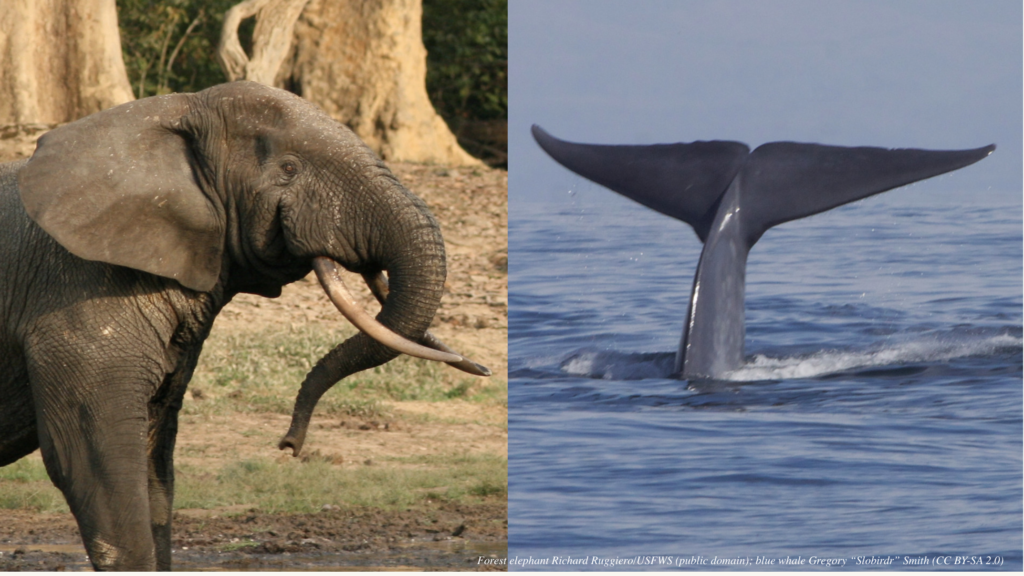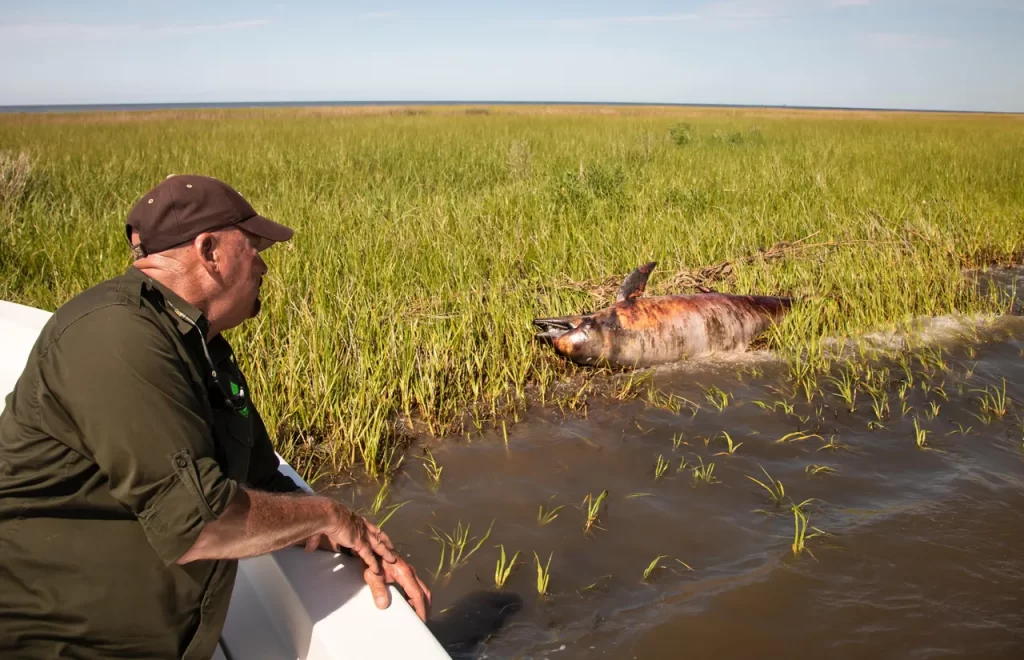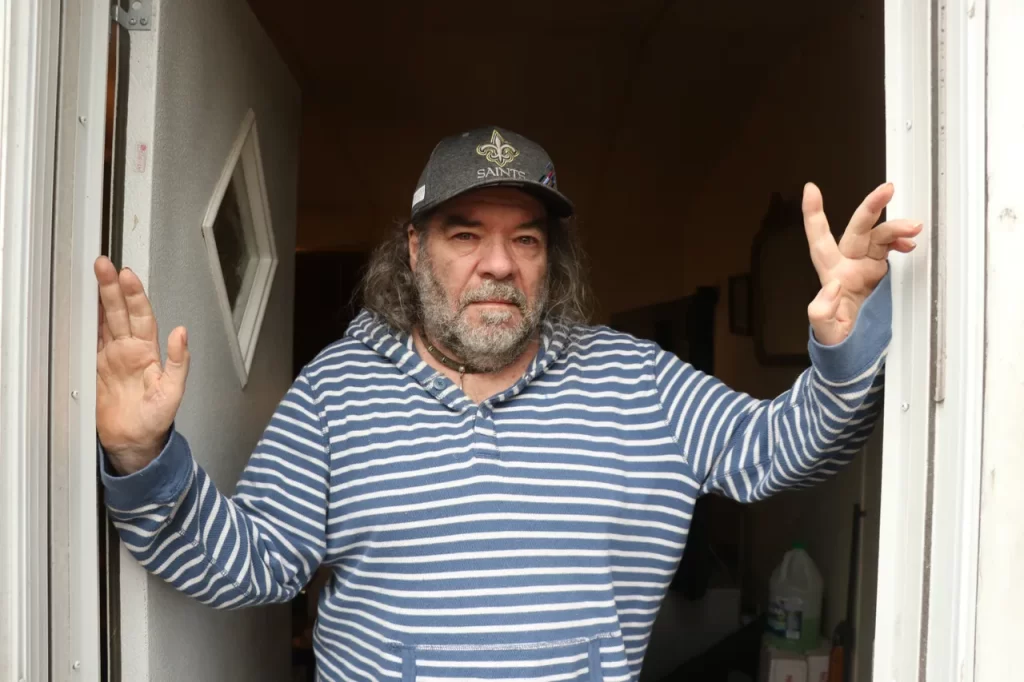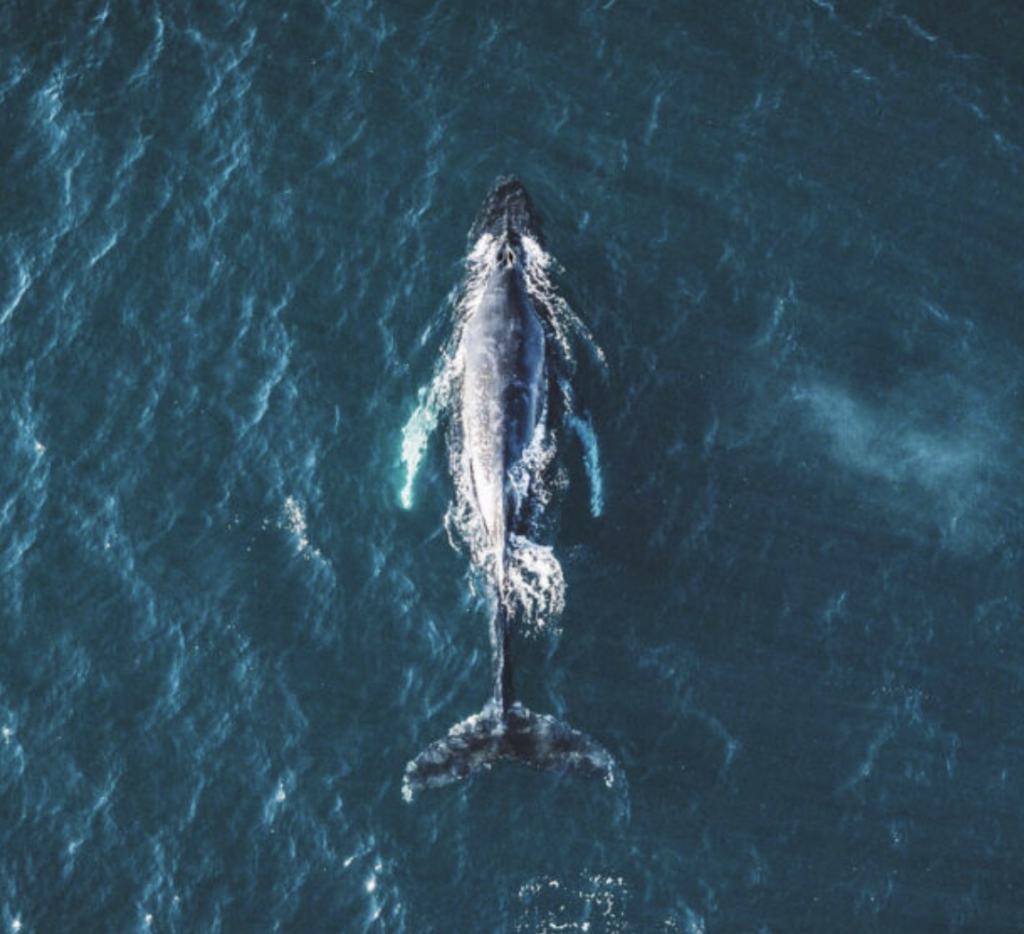By Rocky Kistner
If pictures are worth a thousand words, what are videos worth? Whatever the answer, most will surely agree these nine short videos are priceless, representing the first-place winners in the Society of Environmental Journalists 22nd Annual Awards for Reporting on the Environment.
In their own words, journalists and producers describe what drove them to pursue and tell their stories, and the valuable impacts they have had.
Sean Peoples, a creative director and filmmaker with Think Out Loud Productions, has produced videos of SEJ award winners over the past three years, and he relishes the chance to talk to the award winners about the ways newsrooms and journalists work to come up with high-impact stories. “It’s really an iterative process a lot of the times to come up with stories that are this powerful,” Peoples said.
To highlight some of the reporting insights of these winners, we’ve distilled their video comments to key points focused on how they chose to report their stories. You can click each thumbnail to view the full video, as well as visit links below each to find out more about the project and to read comments from SEJ judges.
Story insight: The environment as a “true crime” story

The Washington Post’s “Amazon Undone” series, which won first place in the large-market investigative reporting category and later the top award for outstanding environmental reporting, took a whole-system approach to looking at deforestation in the planet’s largest and most vital rainforest, explained SEJ judges. Each article meticulously walked the reader through a contributing factor to the rapid deforestation of the Amazon.
But for one of its elements, the team took an unusual tack — retracing the steps of the most high-profile Brazilian murder cases in 2022. Terrence McCoy, The Post’s Rio de Janeiro bureau chief, remembers what prompted the choice: “We found a man who had been executed out there and his hands have been tied together and he just had been left in a ditch. That discovery helped to solidify that the story of the destruction of the Amazon isn’t like other environmental stories.”
For McCoy, the story of the Amazon is in many ways a crime story; as he put it, a story of mass criminality on a continental level, a crime story that has complicit officials, feckless law enforcement and murderous elements of violence. To tell the story in a fresh way to grab readers, McCoy’s method was to make it “breathe like true crime stories.”
For more, visit “The Amazon, Undone” by McCoy, Júlia Ledur and Cecília do Lago, with photos by Raphael Alves and Rafael Vilela, for The Washington Post (Kevin Carmody Award for Outstanding Investigative Reporting, Large: SEJ 22nd Annual Awards for Reporting on the Environment and winner, Nina Mason Pulliam Award for Outstanding Environmental Reporting).
Story insight: The environment as a “river” of ideas
AnuOluwapo Adelakun, an investigative journalist, documentary filmmaker and policy researcher working on underreported issues in Nigeria, began reporting on how foreign beverage companies were using the country’s powerful Osun River as their water source. She quickly realized the river itself would become a central character in her reporting.
In winning SEJ’s small-market first-place award for outstanding investigative reporting, judges were impressed that Adelakun let the river guide her storytelling throughout, adding depth and emotional resonance to the reporting. “By amplifying the voices of the artisanal miners and demonstrating how their basic survival is contrasted with the exploitation by foreign corporations,” judges said, “the video educates viewers and humanizes those directly affected by it.”
“The Osun River is a very important river in southwest of Nigeria,” Adelakun recalled. “The people of the Osun have a spiritual belief that there is a goddess of fertility and so they also rely on that river as a spiritual symbol. … People are dying right now and if we don’t do something about it then nothing is ever going to be done, so ultimately I let the story take me where it wanted to.”
For more, visit “The Water Manifesto: Osun (Water For Gold)” by AnuOluwapo Adelakun for TheCable Newspaper Journalism Foundation (Kevin Carmody Award for Outstanding Investigative Reporting, Small: SEJ 22nd Annual Awards for Reporting on the Environment).
Story insight: Going where no one else has

An investigation into the health and environmental effects of the chemical PFAS by the Chicago Tribune’s Michael Hawthorne was a “Herculean effort,” said SEJ judges who awarded him first place for outstanding beat reporting in a large market. They noted in part his year-long review of thousands of court documents, government records and scientific studies. ”This is a shining example of the finest kind of journalism.”
Hawthorne said an editor found a memo he wrote on PFAS and sewage sludge that dated back to 2009. “It’s a culmination of a lot of years that I’ve been fortunate enough to be in this job at two different newspapers. I’ve been doing it long enough that I can return to a story that I first started writing about almost 20 years ago.”
But Hawthorne said it was how he handled that long trajectory and the more recent flood of information that made the difference. “I’m not the kind of person who writes about everything that’s moving. I’m going to try to go where nobody else is going, … to try to find some nugget of information data records that shine a light that is meaningful to my readers.”
For more, visit “Forever Chemicals” by Michael Hawthorne for The Chicago Tribune (Outstanding Beat Reporting, Large: SEJ 22nd Annual Awards for Reporting on the Environment).
Story insight: The environment in your backyard

When Baltimore Sun reporter Scott Dance set out to report on how climate change is impacting communities in the Chesapeake Bay area, he decided to zero in on ways that communities were being affected differently. Judges were impressed with the breadth of his reporting that explained the diverse impacts of climate change: “We commend his sharp eye for how climate change and environmental neglect have exacerbated inequities between Black and white communities. … Dance shined light on a remarkable range of issues weighing on the greater Baltimore area.”
Dance said he purposefully looked for these differences as a critical part of the story: “Of course climate change is a global issue, environmental injustice is a global issue, but I tried to just stay focused on how those larger forces were playing out in my backyard and in our readers’ backyards. That’s what local journalism is so good at and so important for, showing the examples that are right under your nose that exemplify these larger issues the world is dealing with.”
For more, visit “Maryland’s Environmental Challenges” by Scott Dance for The Baltimore Sun (Outstanding Beat Reporting, Small: SEJ 22nd Annual Awards for Reporting on the Environment).
Story insight: Environmental risks outside the headlines

New York Times reporter Raymond Zhong was well aware of the punishing droughts and fires that devastated California in recent years, but when he caught wind of some interesting new research on flood risks in the Golden State, he jumped at the opportunity to tell a story that hadn’t received much attention. It was fortuitous timing. Five months after his story appeared in August 2022, California was pummeled by a torrent of atmospheric rivers that turned the drought-plagued state into raging rivers and storms that killed more than 20 people. More atmospheric rivers have flooded the state this year.
SEJ judges were especially impressed with the story’s multimedia presentation that “captivated and educated readers in and outside California and spurred state officials to invest in research on flood risks. … ‘The Coming California Megastorm’ is, quite simply, extraordinary explanatory journalism of remarkable clarity and lasting import.”
Zhong said he simply did what all good reporters do, dig into stories in ways no one else is covering. “California flooding was not exactly at the top of people’s minds. … But part of what we should do as journalists is to elevate things that aren’t necessarily in the headlines every day and keep them in the conversation.”
For more, visit “The Coming California Megastorm” by Raymond Zhong (journalist), Mira Rojanasakul (graphics) and Erin Schaff (photography) for The New York Times (Outstanding Explanatory Reporting, Large: SEJ 22nd Annual Awards for Reporting on the Environment).
Story insight: Powerful interests that inform important debates
Inside Climate News reporter Nicholas Kusnetz tackled one of the most controversial climate policies involving carbon capture technology, an attempt to bury greenhouse gasses underground, helping reduce oil and gas emissions that are major contributors to climate change. Although carbon capture had bipartisan support among industry and the Biden administration, Kusnetz felt there was a need for more in-depth reporting to get to the bottom of this emerging technology.

“You had all this money, all this interest from this really powerful industry that has been the biggest source of climate pollution, paired with the fact that there wasn’t really much coverage,” Kusnetz said. “So that was really what made me want to go and do this.”
Kusnetz was particularly interested in concerns about environmental justice impacts in communities that didn’t have the resources to understand the potential threats carbon capture could pose: “They were still sort of figuring out what they were going to be saying about this because it was dynamic and developing. So that was the place where I think the series at least aims to try to inform that debate.”
According to SEJ judges, Kusnetz more than accomplished his mission, shining light on a complicated topic with powerful interests driving the debate. “His reporting showed how the oil industry lobbied to shape climate policy toward carbon capture and storage. The result was more than $12 billion in federal spending from the bipartisan infrastructure bill and, last year, tens of billions more in potential loans and tax incentives for this controversial and largely unproven technology.”
For more, visit “Pipe Dreams: Is Carbon Capture a Climate Solution or a Dangerous Distraction?” by Nicholas Kusnetz for Inside Climate News (Outstanding Explanatory Reporting, Small: SEJ 22nd Annual Awards for Reporting on the Environment).
Story insight: Environmental news inextricably linked to people’s stories

New York Times reporter and West Africa Bureau Chief Ruth Maclean had heard of the importance of the Congo Basin’s vast network of peatlands that sequester huge amounts of the world’s carbon, but she wanted to find out more about this important global resource. Maclean and her team traveled to the marshy peatlands threatened by deforestation, where local villagers protect the forest from loggers who threaten to destroy the rainforests and unleash sequestered carbon into the air.
Maclean spoke to researchers tracking the peaty treasure buried deep in the Congo. But the most important story, she said, is told by the people who live there. “My way into it is just to look at the people and try to meet them and understand a bit who they are and listen to their stories. … At the end of the day, we’re talking about the environment that we have to live in and look after, and it’s just inextricably linked with people.”
SEJ judges were floored by the beauty of the story narratives and the cinematic quality of the visuals of this story: “The exhaustive and detailed reporting, flecked with moments of dark humor, was complemented with great aerial and video components — readers felt like they were in the village, grappling with a thorny, high-stakes issue that’s both global and local. ‘Peatlands’ was at once satisfying in its execution of a narrative arc and left the jurors hungry for more.”
For more, visit “What Do the Protectors of Congo’s Peatlands Get in Return?” by Ruth Maclean and Caleb Kabanda, with photography by Nanna Heitmann, for The New York Times (Outstanding Feature Story, Large: SEJ 22nd Annual Awards for Reporting on the Environment).
Reporting insight: Environmental stories focused on communities at risk

Journalist Anne Marshall-Chalmers heard about an unreported story from a fire expert that intrigued her. According to her source, small fires in California were having devastating impacts on low-income mobile home communities. Many of these people, she found, were being pushed out of urban areas and moved to high-risk, fire-prone areas.
As Marshall-Chalmers investigated further and traveled to mobile home communities in rural Lake County, she found out about a UCLA researcher who was gathering data on this topic. All of the information and reporting fit together to make a powerful story that broke new ground: “It really exposes the intersection of the lack of affordable housing and a warming planet,” Marshall-Chalmers said, “and how those two can create really difficult situations primarily for low-income people who are forced into areas that are more prone to burn.”
SEJ judges said Marshall-Chalmers “investigates a much-overlooked aspect of the human and housing cost of wildfires in California. … The narrative voice and choices keep the reader captivated until the end and have us all asking questions that we may not have asked before.”
For more, visit “Mobile Homes, the Last Affordable Housing Option for Many California Residents, Are Going Up in Smoke” by Anne Marshall-Chalmers for Inside Climate News (Outstanding Feature Story, Small: SEJ 22nd Annual Awards for Reporting on the Environment).
Story insight: Environmental news as a fact check

Reporter Isaac Stone Simonelli was part of a student-led investigative multimedia project that examined poorly documented oil and gas industry methane emissions that are huge contributors to climate change. The unique collaborative project was produced by the Howard Center for Investigative Journalism at Arizona State’s Cronkite School. Its stories were featured in nearly 200 news outlets, including the AP and Inside Climate News, and included detailed maps, a podcast and a documentary that revealed unknown methane releases.
“The Gaslit investigation was a fact check,” Simonelli said. “We wanted to compare how much gas the satellites were showing as being flared to what state regulators or actors in the oil and gas industry were saying was being burnt off at these sites to see if those two matched up.” The investigation included various teams of reporters focused on health and environmental impacts, and the economics of flaring and gas, as well as a data team.
Simonelli said comprehensive projects like these help launch young journalists’ careers: “It’s training the next generation of investigative reporters on how to really tackle ambitious, important projects. We’re sinking our teeth into stories that will have an impact.”
SEJ judges agreed. “Each story in the series added to the narrative thread of the series. ‘Gaslit’ was a unanimous first-place winner.”
For more, visit “Gaslit” for Arizona State University Cronkite School of Journalism, published by Cronkite News/AZPBS (Outstanding Student Reporting: SEJ 22nd Annual Awards for Reporting on the Environment and Honorable Mention, Nina Mason Pulliam Award for Outstanding Environmental Reporting).
Rocky Kistner is an independent journalist based near Washington, D.C., a co-editor of Inside Story for SEJournal and a board member of the Society of Environmental Journalists. Over the past four decades, he has written environmental stories for a variety of newspapers and national magazines, and produced environmental stories as a staff reporter for ABC News, Marketplace/Minnesota Public Radio and as a producer for PBS Frontline. Some of his stories can be found on his website www.TheRockyFiles.org.

